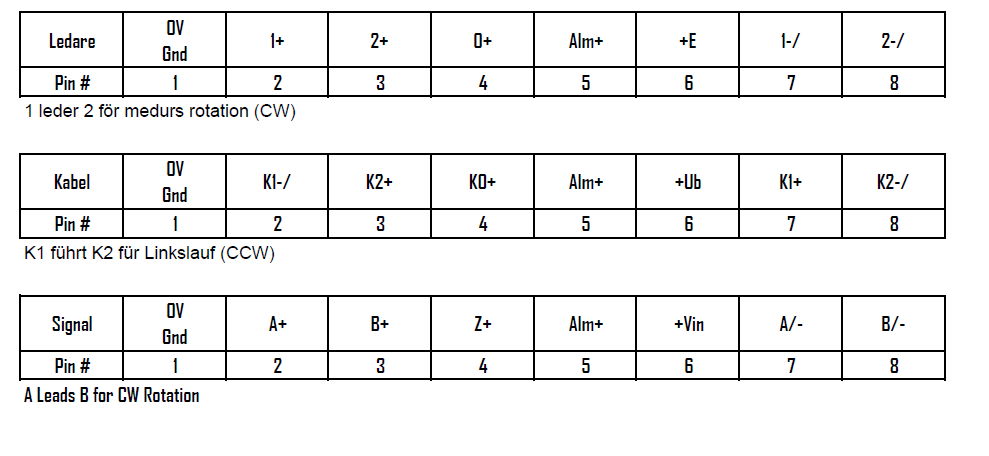So you are staring at the inert chunk of metal you just pulled off your top drive, wondering why it isn't a working encoder any more, and what you can do to keep the spare running longer. Is there a wiring error? Did someone change the encoder wiring?
Here are some basic tips:
1. Use Encoder Connectors:
Encoder field wiring on rigs gets changed every time the rig moves. Some encoder brands allow IECEx or UL encoder connectors, others only have terminal strips inside the encoder. This means rig encoders can be rewired from scratch over and over. Get connectors if you can...otherwise, every time the rig is rewired, there is another opportunity to blow up the encoder.
Here are some vendors that offer IECEx connectors:
Check out connectors at ehawke
https://www.peigenesis.com/en/amphenol-connectors/amphenol-amphe-ex-explosion-proof-series.html
2. Read the Manual (really!)
Pull the vendor's encoder manual from their website or check the label on the product. Ensure the pinouts (aka. pin-outs, pin outs) match your field wiring. (Now might be a good time to ensure your field wiring still has your marking labels for encoder signals, and that your labels match the encoder vendor's styles).
3. Understand the Encoder Pin Out Label
Remember that many encoder vendors use different signal marking schemes. To most US companies, the marker pulse is Z, but to Europeans, the marker pulse might be K0, or 0, or N. Likewise PWR, V+, Vin, and Ub all mean the positive power connection. Here are identical incremental encoder wiring pin-outs using different labeling systems:

So what's going on here? Even if you can't read the languages, you can see the CW and CCW designations, which mean clockwise and counterclockwise. These incremental encoder labels are trying to tell you which signal "comes first", as you rotate the shaft in a direction. Does A (K1, 1+, etc.) pulse first, then B (K2, 2+, etc.), or is the order reversed?
So how can these be for the same pin-out, since one encoder label says CCW and the other CW?
4. Learn about Encoder Phasing
Rotary encoder vendors disagree on which end of the encoder to view when deciding which signal comes first! So for one vendor, A leads B for CW clockwise rotation, as viewed from the shaft end. Avtron encoders are viewed from the back, as they would be mounted as a motor encoder. So the exact same incremental encoder behavior would be described on an Avtron shafted encoder as A leads B for CCW (counterclockwise rotation).
5. Encoder Wiring Color Meaning
Color coding can also be very misleading.
For most US made incremental encoders, RED= +V, PWR, power, the place where the encoder power enters the unit, and black (BLK) is ground, 0V, etc.
But for absolute encoders, which were dominated by European encoder vendors for years, often the encoder power lead is brown (BRN), and the red wire has a different purpose. Wire that red absolute encoder lead to power, and you might end up blowing up your spare absolute encoder and causing more downtime! Read the label, check the vendor's website for manuals.
6. Pick Encoders That Can Withstand Wiring Errors
Many older models of encoders can't stand if you wire an output to power, for example. Check out newer encoders that have the same safety UL, ATEX and IECEx ratings, but also have protection from wiring errors. These encoders won't work if you have wiring errors, but they won't blow up either. Encoders with protection from reverse voltage and dead shorts to common are also available. Here's an example of a Avtron incremental encoder product that has IECEx and ATEX ratings, but also has protection against wiring errors.
http://www.nidec-avtron.com/encoders/family/hazardous-duty/xr4f
All these encoder wiring failures will lead to drive tripping, motor surges or bad top drive control. That means inactive rigs, resulting in lost profits.
To learn more about the solutions for top drive encoders, follow the next in our series of blog posts on top drive encoders, or download our white paper:

